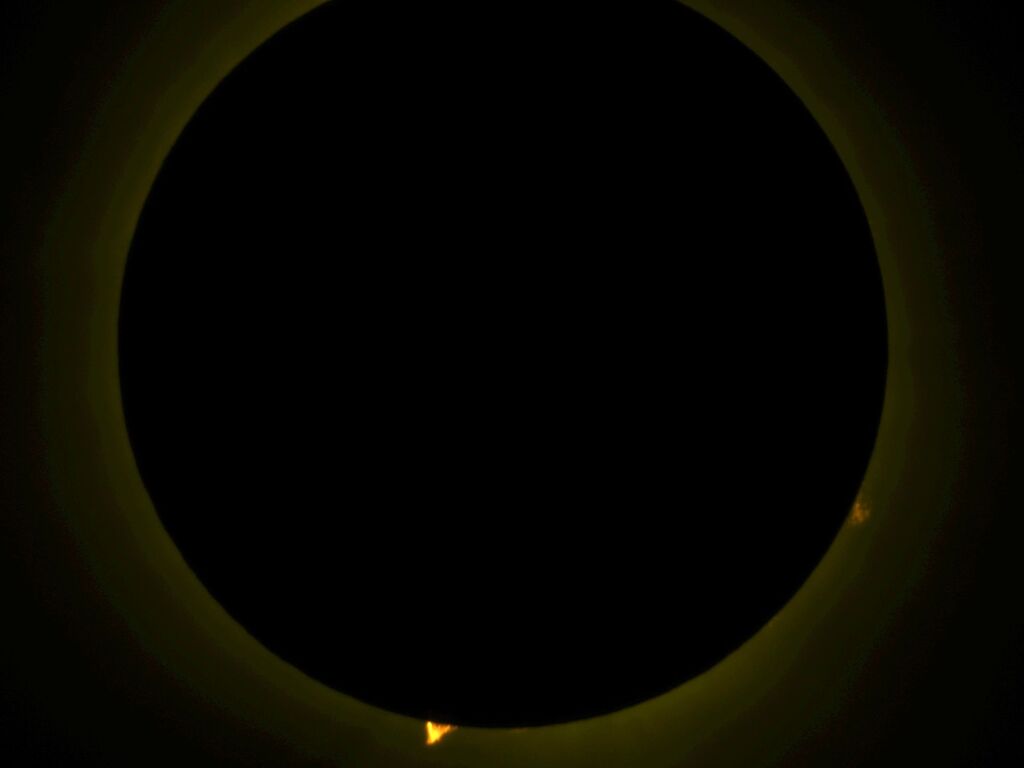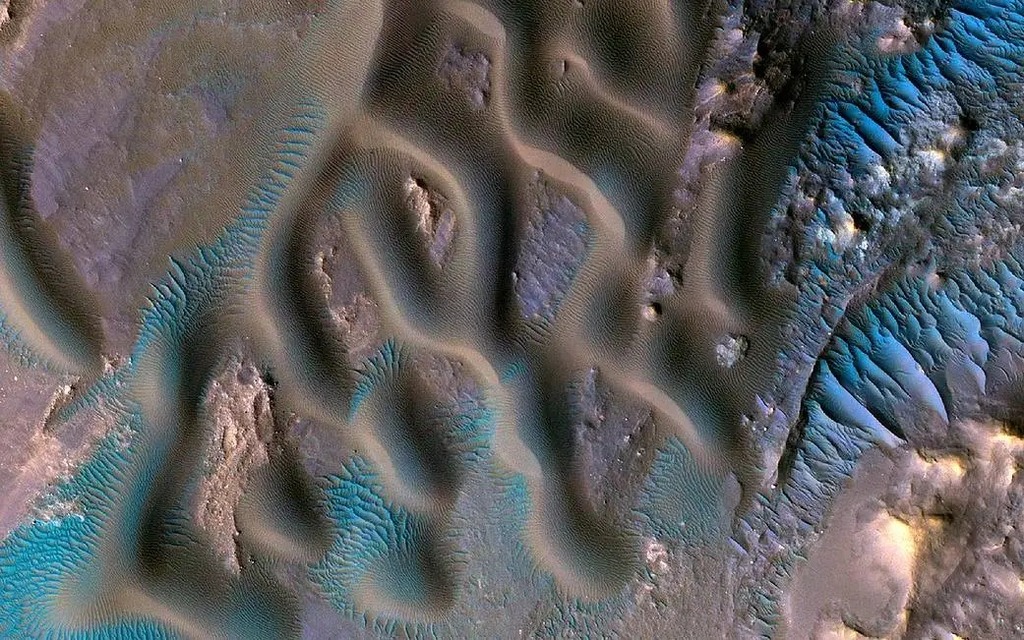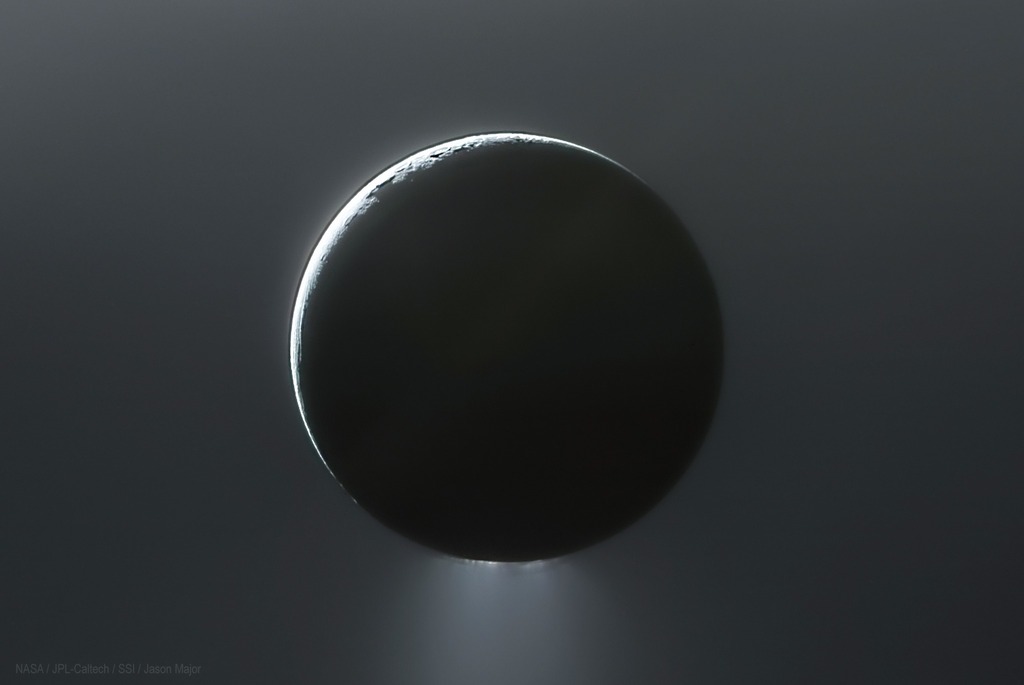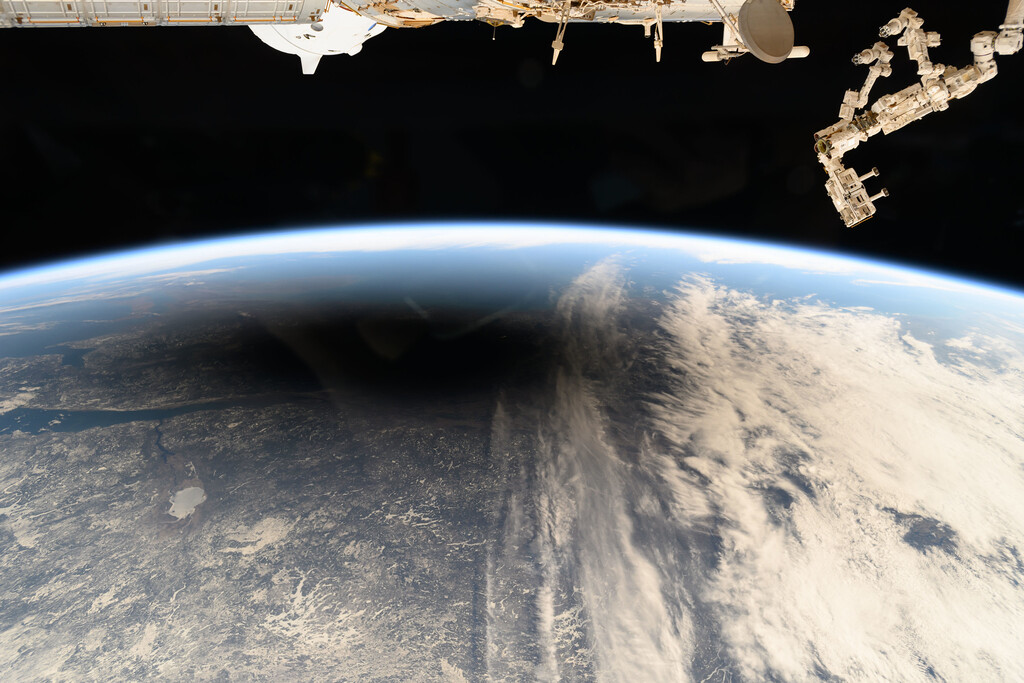
Planetary Picture of the Day
Week of April 8, 2024
The universe is full of spheres, from the shell of a supernova explosion to moons of various worlds - including our own - and this week's images reflect so many of those circles.
Monday, April 8, 2024

Processing: G. Ferrand (U. Manitoba), J. English (U. Manitoba), R. A. Fesen (Dartmouth), C. Treyturik (U. Manitoba)
Text: G. Ferrand & J. English
Unusual Nebula Pa 30
What created this unusual celestial firework? The nebula, dubbed Pa 30, appears in the same sky direction now as a bright "guest star" did in the year 1181. Although Pa 30's filaments look similar to that created by a nova (for example GK Per), and a planetary nebula (for example NGC 6751), some astronomers now propose that it was created by a rare type of supernova: a thermonuclear Type Iax, and so is (also) named SN 1181.
In this model, the supernova was not the result of the detonation of a single star, but rather a blast that occurred when two white dwarf stars spiraled together and merged. The blue dot in the center is hypothesized to be a zombie star, the remnant white dwarf that somehow survived this supernova-level explosion. The featured image combines images and data obtained with infrared (WISE), visible (MDM, Pan-STARRS), and X-ray (Chandra, XMM) telescopes.
Tuesday, April 9, 2024

Totality
From yesterday's eclipse live stream, scientist Ryan Lambert captured a special moment during totality when he removed the solar filter from his Unistellar Odyssey telescope. At the bottom of the disk, peeking out from behind the Moon is a large solar prominence. A smaller one can be seen at the 4 o'clock position.
Wednesday, April 10, 2024

Blue Ripples on a Red Planet
Though Mars is the Red Planet, false-color images can help us learn about its weather and geology. This image shows a variety of wind-related features on the Red Planet near the center of Gamboa Crater. Larger sand dunes form sinuous crests and individual domes.
There are tiny ripples on the tops of the dunes, only several feet from crest to crest. These merge into larger mega-ripples about 30 feet apart that radiate outward from the dunes. The larger, brighter formations that are roughly parallel are called “Transverse Aeolian Ridges” (TAR). These TARs are covered with very coarse sand.
The mega-ripples appear blue-green on one side of an enhanced color cutout while the TARs appear brighter blue on the other. This could be because the TAR are actively moving under the force of the wind, clearing away darker dust and making them brighter. All of these different features can indicate which way the wind was blowing when they formed. Being able to study such variety so close together allows us to see their relationships and compare and contrast features to examine what they are made of and how they formed.
Thursday, April 11, 2024

Dark Moon, Bright Spray
Saturn's moon Enceladus was caught spraying icy vapor into space from its south pole. Image taken by NASA's Cassini spacecraft on May 2, 2012.
Friday, April 12, 2024

Eclipse Umbra
The Moon's shadow, or umbra, is pictured covering portions of the Canadian provinces of Quebec and New Brunswick and the American state of Maine in this photograph from the International Space Station as it soared into the solar eclipse from 420 kilometers above the surface of Earth. The diameter of the shadow is 160 km.





